Part 2: A look at IndyCar’s revolving door of CEOs
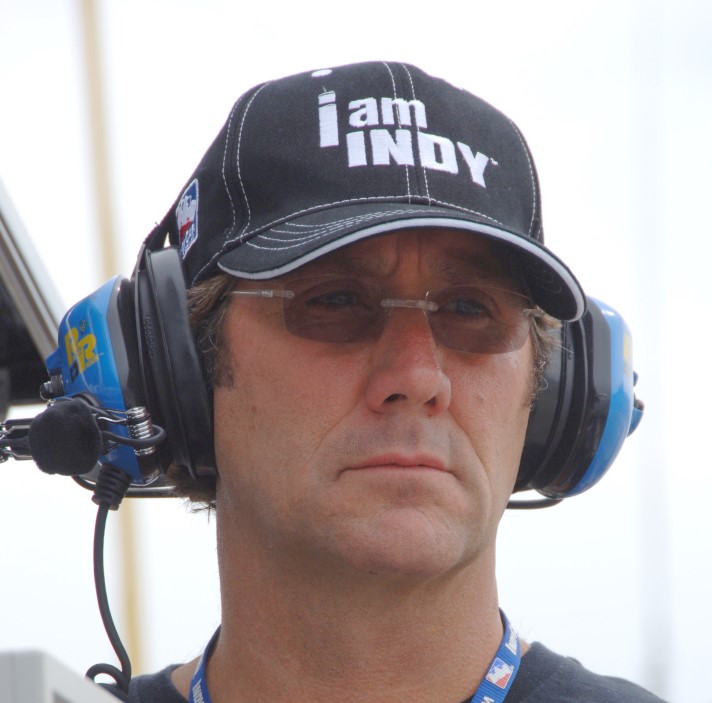 |
| Tony George – the man credited with destroying the 2nd biggest form of motorsports in the world behind F1 – CART IndyCar – by creating a competing series, taking away CART's biggest race, the Indy 500, dividing the fan base, sponsor base and team owners until the whole thing self destructed. |
In Part 1 of "Indy car Leaders," we examined the tenures of eight IndyCar leaders, starting with U.E. "Pat" Patrick, the first President of CART, and ending with the tenure of Anton "Tony" Hulman George. Today, we will continue our examination, with Part II of "Indy car Leaders." Enjoy!
Bobby Rahal (interim President and CEO of CART, 2000)
Background: Rahal, of course, is an Indy car racing legend, having won the 1986 Indy 500 and CART Championship three times. He also had been a team owner for nearly a decade before becoming interim-CEO after Craig's dismissal in 2000.
At the time, many in the paddock were happy to get a "racing," guy at the helm.
However, Rahal's tenure was about as memorable and productive as well, everyone else's. He stepped down from his position in late 2000 to take a management role with Jaguar's Formula One team.
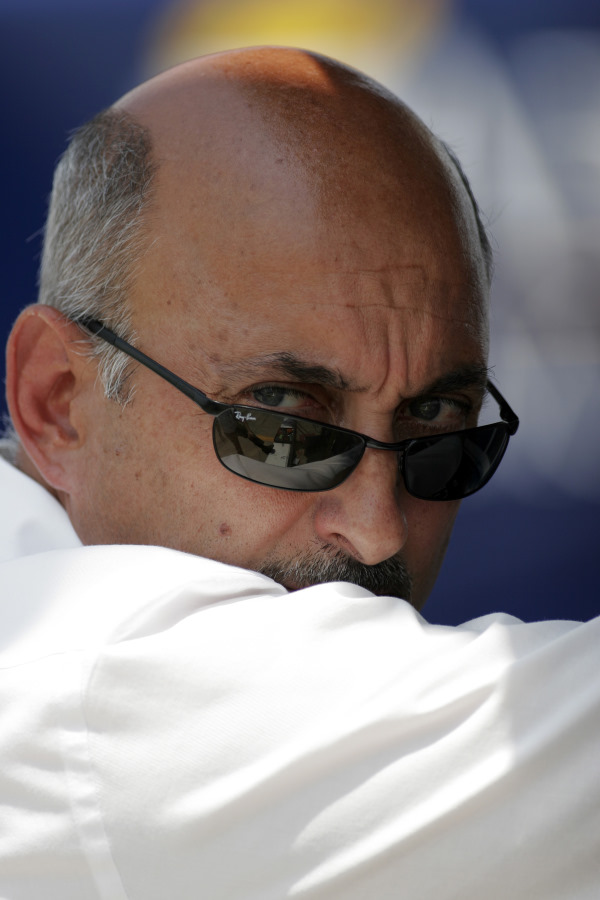 |
| 2000 Bobby Rahal |
Arguably, Rahal's most regrettable decision at the helm of CART, would not play out until the next season. In July of 2000, Rahal along with Texas Motor Speedway President Eddie Gossage announced there would be a 2001 CART race at the 1.5 mile oval.
Of course, that race would ultimately be cancelled as drivers found the speeds too dangerous. Gossage would later lay the blame not on Rahal, rather the man who took over for him.
Rahal's legacy as CEO is? Sadly, the Texas debacle.
While the respected Rahal’s tenure began with a large degree of hope, the three- time CART Champ seemed scattered and overwhelmed during his tenure at the helm of CART.
What is Rahal doing now? The legendary racer co-owns the Rahal Letterman Lanigan IndyCar team.
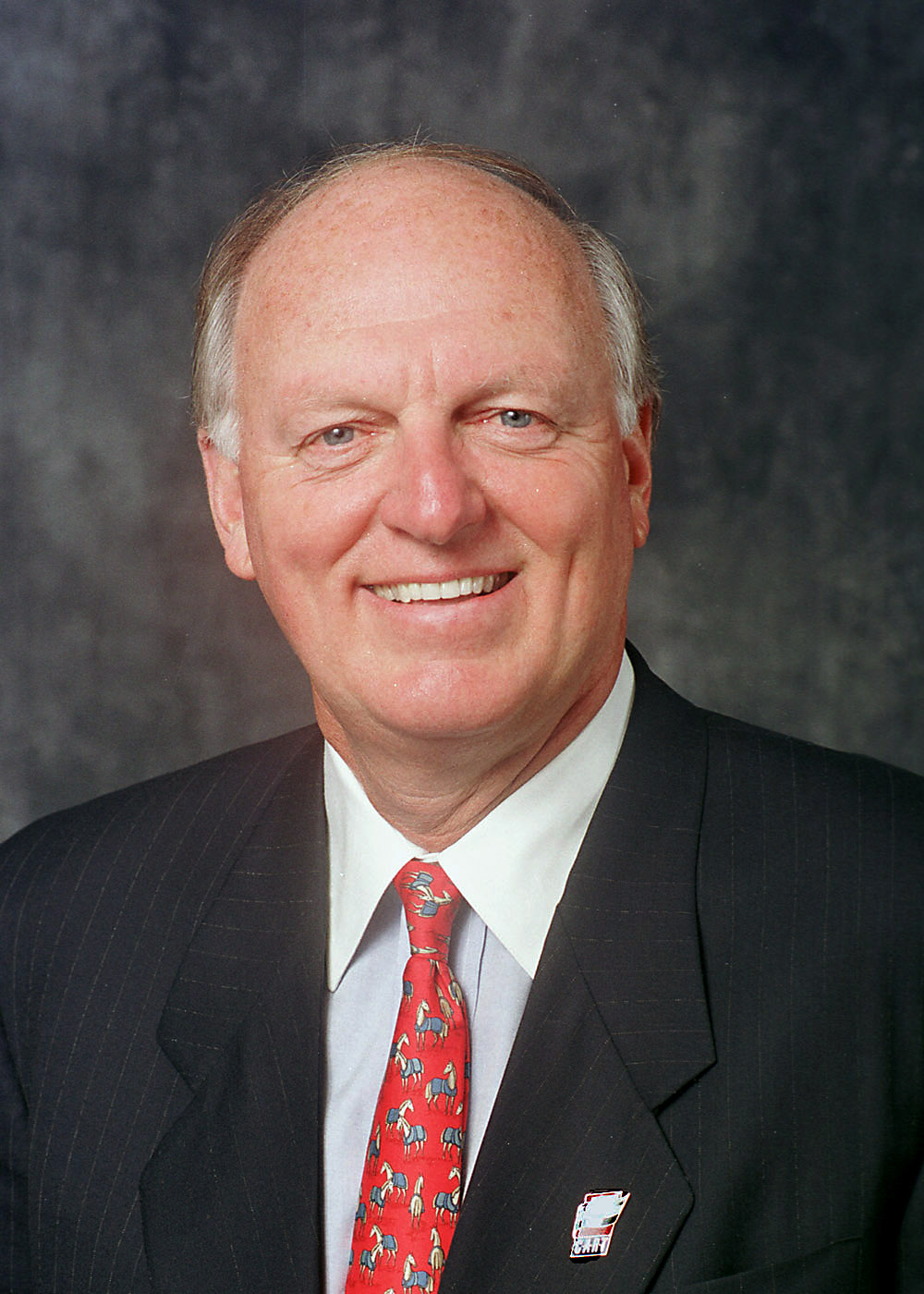 |
| 2001 Joe Heitzler |
Joe Heitzler (President and CEO of CART, 2001)
Background: Heitzler had been the President and COO of National Mobile Television Productions, a company that provided mobile broadcasting for sporting events. Heitzler had also started a successful mobile television company.
In 2001, when CART was nearing the end of their ABC/ESPN television deal, Heitzler wowed the board with a stirring presentation and impressive resume in sports media. He was the unanimous choice to replace Rahal.
Still, whatever previous experience he had, none of it prepared Heitzler for the shark-infested waters of Indy car racing. A race scheduled to run in Rio de Janiero was cancelled before the debacle of Texas in April. Although the race at TMS was Rahal's brainchild, Gossage laid the blame squarely at the feet of Heitzler, whom he famously referred to as "Jargon Joe."
And Heitzler never recovered. The spacer-valve debacle at Detroit was followed by indecision regarding CART's future engine regulations, before an ill-advised vote at Houston to adopt the IRL engine specs for 2003. These decisions were cited when Honda announced that 2002 would be their last season supplying engines in CART.
Further, Heitzler arguably failed most in the area deemed to be his expertise: television. CART lost its broadcast deal with ESPN and for 2002 entered into an agreement with CBS and Speedvision. While the deal was spun to the public as giving the series 60% more television time, the truth was that CART's new television deal greatly reduced the series' exposure and reach.
Heitzler’s Legacy is? A combination of things: none of them good.
A lack of racing acumen, a divided paddock, conflict amongst manufacturers, dwindling television and sponsor interest, poorly scheduled events, a sudden downturn in the global economy, and the misdirected "Jargon Joe," comment, all combined to create a climate Heitzler was ill-equipped to handle.
What is Heitzler doing now? Heitzler is currently Chairman and CEO of Entertainment Management Group, a sports broadcasting company specializing in the use of digital media.
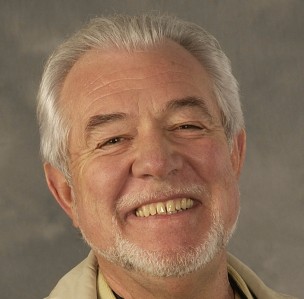 |
| 2001-2003 Chris Pook |
Chris Pook (CART President and CEO, 2001-2003)
Background: Pook, of course, is the legendary founder of North America's most successful, longest running annual street race, the Grand Prix of Long Beach. While working as a travel agent in Southern California in the 1970s, Pook envisioned Long Beach becoming an American Monaco. Formula 5000 ran the inaugural event in 1975, followed by eight Formula 1 races. Indy car events have been contested at Long Beach every year since 1985.
Pook would take over the reins of CART from Heitzler in late 2001. The timing of Pook's hiring was interesting, considering he had long been suggested by many within the paddock as the best man to lead the sport. Sadly, his tenure was nothing short of a monumental failure.
Pook upped the ante in CART's war with the IRL. While previous CEOs had taken a more conciliatory approach with regard to the Speedway, Pook blasted the rival series' economic model, exclusively oval schedule, poorly attended races, and provincial thinking.
Pook also wisely rescinded the CART board's decision to adopt the IRL engine specs for 2003, opting for the Ford/Cosworth spec engine that served CART/Champ Car well from 2003-2007.
However, tough rhetoric could not withstand the changing landscape. With sponsors, teams and engine manufacturers fleeing in droves, Pook was forced to go into the war chest CART had built up from the IPO.
By the end of 2003, the series was bleeding cash and headed to bankruptcy. Records showed Pook spent an estimated $83 million keeping CART's teams afloat.
Pook's legacy is? Presiding over the death of CART.
While Pook was clearly a tough talking leader, and may have been successful in different times, he could not stem the tide of negative momentum. Worse, in his efforts to stop the bleeding in CART, Pook exacerbated CART’s problems.
What is Pook doing now? Pook for the most part seems retired. However, recent reports suggest he is working with old pal Bernie Ecclestone to purchase the Long Beach Grand Prix, with the intention of bringing an F1 race to Shoreline drive in 2015.
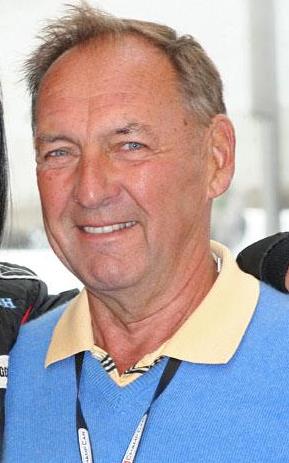 |
| 2004-2005 Dick Eidswick |
Dick Eidswick (Champ Car President, 2004-2005)
Background: Eidswick had been wildly successful in numerous business ventures prior to replacing Pook as CEO of CART in late 2003. The former networking entrepreneur was brought on by old Silicon Valley pal Kevin Kalkhoven to assist CART through the bankruptcy process. When Judge Frank Otte awarded the assets of a bankrupt CART to OWRS on January 28, 2004, Eidswick stayed on as interim President of the rebranded Champ Car.
Immediately, Eidswick and Champ Car were faced with numerous hurdles. With 8 days before the opener at Long Beach, the series had no television deal, and uncertainty surrounding the future of many of its teams. And when Team Rahal and Adrian Fernandez both defected to the IRL after the ill-fated Long Beach Season Premiere that March, many believed Champ Car would fail before getting started.
Nevertheless, Eidswick would rally the troops, and in mid-April of that year, eighteen 750 horsepower Lola Champ cars powered by Ford Cosworth engines took the green flag on Shoreline Drive. Further, many were quick to credit the likable, accomplished Eidswick with steering the ship, when the prospects were bleak.
Sadly, Eidswick stepped down as President of CART in 2005, to devote more time to his wife’s battle with cancer. He would stay on with the organization as Chairman.
Eidswick’s Legacy is? Unappreciated.
With unification between Champ Car and the IRL, many forget Eidswick admirably steered Champ Car through an incredibly difficult period. While there were difficulties, including two cancelled races in Korea (remember Ansan?), Eidswick was respected and admired by the Champ Car paddock.
What is Eidswick doing now? After success in numerous business ventures, Eidswick has retired.
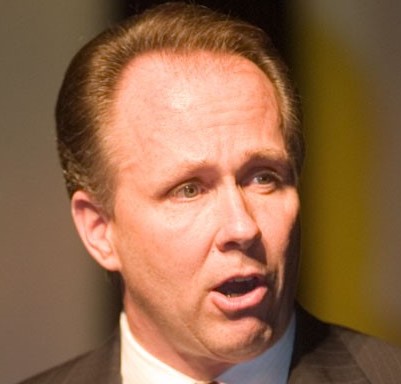 |
| 2005-2008 Steve Johnson |
Steve Johnson (Champ Car President 2005-2008)
Background: Johnson stepped down as President and CEO of the SCCA on September 15, 2005 to become Champ Car President. Hired on the recommendation of Paul Gentilozzi, Johnson’s tenure was arguably destined to fail from the beginning.
To start, Johnson did himself no favors by choosing not to relocate from his Kansas home to Indianapolis. Reportedly, he would be absent from the Champ Car offices for weeks at a time. Further, the fact much of his staff, including right hand man Garrett Mudd were former SCCA employees, created a stigma of amateurism and clear disconnect between Johnson and the paddock. One frustrated Champ Car owner told Robin Miller in 2007, “Johnson is never there, and the other guy (Mudd) can’t make a decision."
When he did happen to show up for work, Johnson often exacerbated problems with his tendency to over promise and under deliver. He often drew comparisons between Champ Car events and the Super Bowl. He frequently promised big sponsors, who never materialized, one example being the Vegas Grand Prix powered by Visa, which ultimately went off as the Vegas Grand Prix.
Tendency to be a blowhard aside, Johnson proved plain incompetent. Of course, there were numerous cancelled races (Phoenix, Ansan, Denver, Zhuhai). However, the most memorable instance of Johnson’s incompetence came prior to the 2007 race at Portland. At the time, Champ Car had done much to save the Portland event, and the June race was the first for the series in a two-month stretch, in the aftermath of a cancelled China race.
When asked about the race on air, Johnson could not seem to remember the support series races for the event, and when asked where people could purchase tickets, muttered something to the effect of, “….at the ticket booth."
Johnson's role was reduced in July of 2007, as he kept the title of President but turned the day-to-day operations of the series over to Tony Cotman.
Johnson's Legacy is? Except for the rollout of the Panoz DP01, an excellent car that IndyCar should have adopted when the two sides merged, Johnson’s legacy was of wretched failure, even by Indy Car standards.
Yes, Johnson’s entire tenure was an amateurish debacle. His lack of people skills, inability to lead and general lack of wherewithal certainly didn’t help matters. While one could argue that unification between Champ Car and the IRL was inevitable, Johnson certainly did nothing to strengthen Champ Car's bargaining position with Tony George.
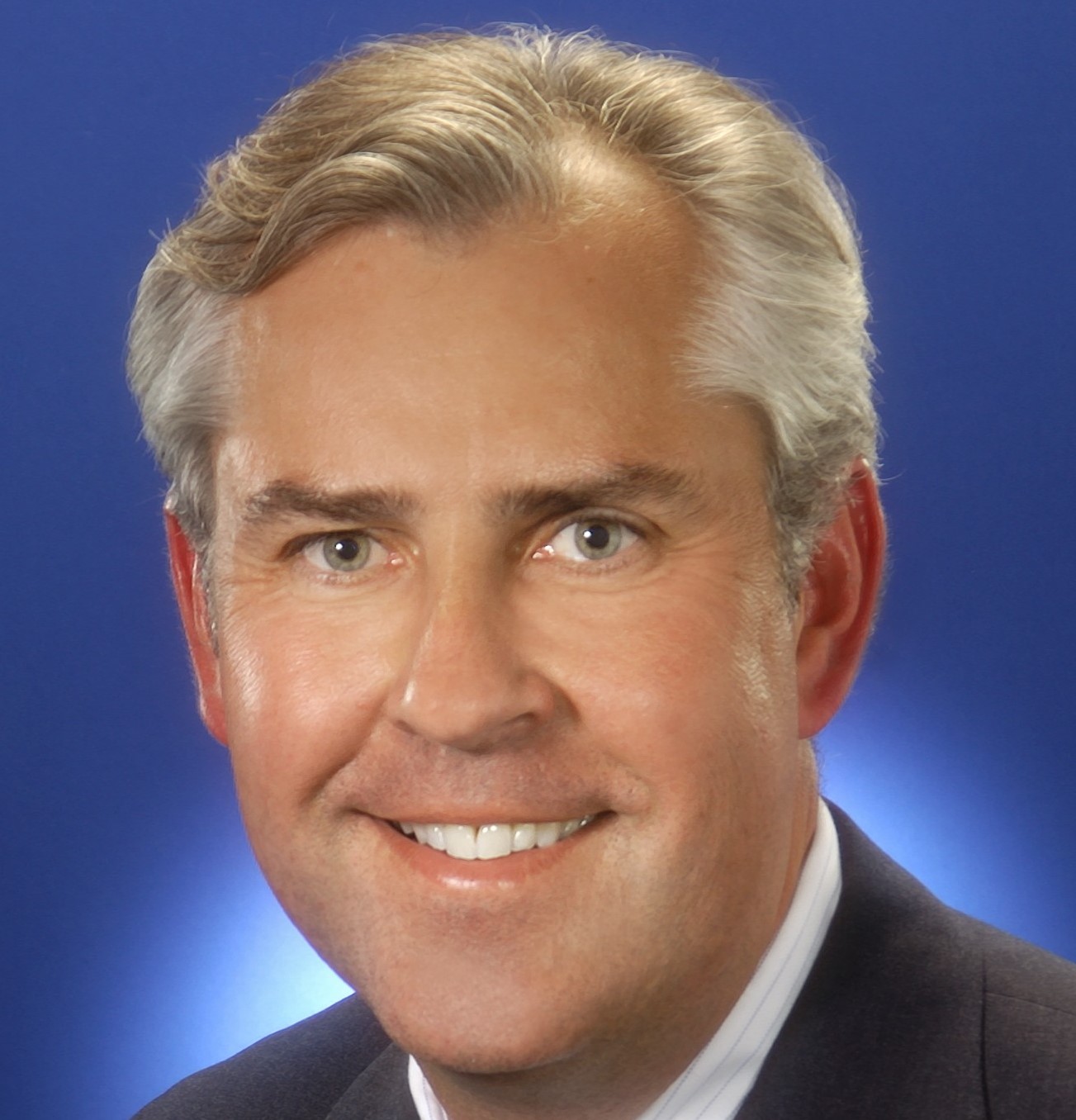 |
| 2009-2010, 2012- Jeff Belskus |
Jeff Belskus (2009-2010, 2012-)
Background: Belskus, George’s roommate at Indiana State, has worked at IMS since 1987, becoming chief financial officer of the Speedway in 1994. He has also served as President and Chief Financial Officer of Hulman and Company, the parent company of INDYCAR and IMS.
Belskus is unique on this particular list, in that he has served two tenures in a leadership position within INDYCAR. He would serve as interim CEO of IndyCar after the resignation of George in mid-2009, before ceding the position to Randy Bernard in early 2010.
Of course, Belskus has returned to the position as interim CEO of INDYCAR, along with his duties as CEO of IMS. With Mark Miles’ recent appointment as CEO of Hulman and Company, Belskus will likely retain a prominent role within IndyCar.
Belskus’ Legacy is? To be determined.
Many will no doubt always associate the longtime IMS bean counter with the removal of the popular Bernard. Also, the aloof Belskus does little to endear himself to the masses with his lack of social polish.
However, Belskus’ legacy within IndyCar will most likely be associated with the success or failure of Miles, going forward.
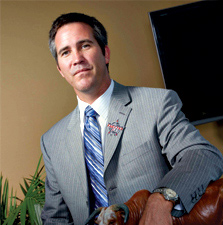 |
| 2010-2012 Randy Bernard |
Randy Bernard (2010-2012)
Background: Bernard took over the helm of the Izod IndyCar Series after an enormously successful 15-year stint as head of the Professional Bull Rider’s Tour. Considered a marketing extraordinaire, Bernard increased the revenues of the PBR exponentially from 1995-2010, growing bull riding into a thriving, profitable, marketable, television friendly sport. On the recommendation of Josie George, Bernard took over the helm of Indy car racing in early 2010.
Instantly, the likable, engaging, energetic Bernard endeared himself to IndyCar’s passionate fan base. After years of the cold, aloof, personality deficient Tony George, Bernard was a breath of fresh air. He would stop and talk to fans and even hand out his personal email address. As the first IndyCar leader in the era of social media, Bernard was not afraid to engage the masses on Twitter and Facebook.
As for the fact he had never been to an Indy car race prior to taking over as CEO? Well, that didn’t seem to bother too many. If anything, many saw Bernard's status as an outsider as a refreshing change.
And during his first two seasons at the helm, Bernard’s energy seemed infectious. He was known to work incredibly long hours, and reached out to many, who had been disenfranchised by the CART/IRL split. He brought tracks such as New Hampshire, Fontana, and Pocono back into the IndyCar fold, and engine manufacturer competition back to the series for 2012.
The turning point for Bernard seemed to be the 2011 series finale in Las Vegas, which saw the passing of Dan Wheldon in a horrific accident. Wheldon, of course, entered the Bernard promoted event, in the hopes of winning $5 million. His death clearly shook Bernard.
While Bernard remained as energetic as ever, the spring in his step, the self-assuredness he had shown during the early part of his tenure, seemed to disappear. While his rapport with the public remained strong, Bernard battled an ever-growing frustrated paddock, over the costs associated with the new car. With rumors swirling that a group of owners was plotting to depose him, Bernard probably did himself no favors, as he took the matter public, claiming on Twitter that an owner had been making phone calls to get him fired.
Making matters worse, as the paddock grew more and more restless, Bernard had few metrics to stand on. As previously mentioned, he had no prior racing background. The fiscal sanity Bernard restored to the sport over his first two years was wiped away with the cancellation of a race in China. Further, the series television ratings saw sharp declines in 2012.
As the season came to a close, rumors of a series buyout and Bernard’s future would not disappear. Under pressure, he resigned October 28th.
Bernard’s Legacy is? Complicated.
Bernard will forever be remembered fondly by IndyCar’s diehard fan base, as the most popular leader Indy car racing has seen since Tony Hulman. While he has critics, no one can question that he injected a sense of hope into a disillusioned fan base.
However, like so many before him, Bernard's lack of racing acumen did him in. He was unable to navigate the treacherous terrain and unite the numerous factions within the sport behind him.
And there you have it: an in-depth look at the 15 men to have held prominent positions within the world of Indy car over the past three decades. While some had more success than others, none were able to unite the numerous factions in the sport in a coherent manner.
Can Mark Miles, Jeff Belskus and their respective staffs buck the trend? Time will tell.
–Brian Carroccio
Brian Carroccio is an IndyCar columnist for AutoRacing1.com. He grew up around racing, as his father was a longtime SCCA crewman 1980s. At some point in the 1980s, Indy car racing became his first love, and Brian considers Al Unser, Sr., and Paul Tracy his favorite all-time drivers.
Brian lives in beautiful Rockville, MD. He is a diehard fan of the Washington Redskins, and considers Robert Griffin III something akin to a divine gift. He also roots for the Washington Nationals, Manchester United (kind of a long story) and Cal football (a really long story). You can follow him on Twitter @BrianC_AR1
